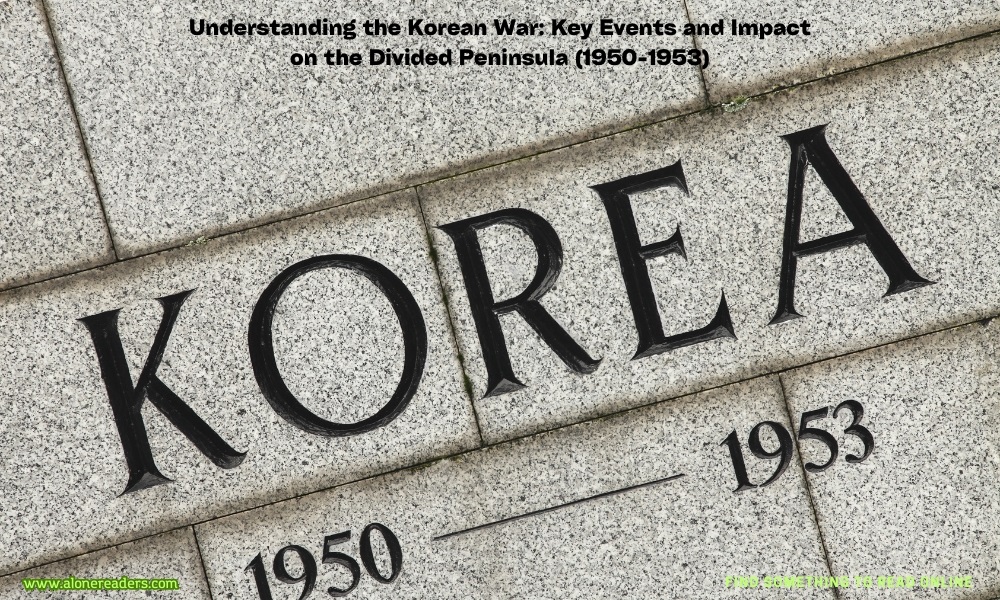
The Korean War, spanning from 1950 to 1953, stands as one of the most significant conflicts in the Cold War era, fundamentally shaping the Korean Peninsula and setting the stage for ongoing tensions between North and South Korea. This confrontation was not just a local skirmish but a complex event involving international powers and ideologies, marking a pivotal moment in the broader Cold War dynamics.
Before the war, Korea was a single entity, governed by Japan until the end of World War II. In the war's aftermath, the peninsula was divided along the 38th parallel into two zones of influence: the Soviet-backed North Korea and the U.S.-supported South Korea. This division was meant to be temporary, but geopolitical tensions escalated into a full-blown conflict when North Korean forces, under the leadership of Kim Il Sung, crossed into South Korea on June 25, 1950. This act was largely influenced by the broader contest between communist and capitalist ideologies, represented by the Soviet Union and the United States, respectively.
The initial phase of the war was marked by rapid advancements. North Korean troops quickly pushed south, capturing Seoul and forcing South Korean and United States forces into a small defensive perimeter around Pusan. This early success for the North was short-lived, however, as a bold counterattack led by United Nations forces, predominantly American troops under General Douglas MacArthur, landed at Inchon. The Inchon Landing, executed in September 1950, was a dramatic turning point, cutting North Korean supply lines and pushing their forces back across the 38th parallel.
By October 1950, UN forces had recaptured Seoul and moved into North Korea, nearing the Chinese border. This advancement prompted a new phase in the war as China entered the conflict in support of its communist ally, pushing UN and South Korean forces southward again. The ensuing months saw a see-saw battle across the peninsula, characterized by brutal combat and massive casualties on both sides.
By mid-1951, the front lines stabilized near the original division at the 38th parallel, and the war became a war of attrition, with neither side able to secure a decisive victory. The fighting was marked by significant battles such as those at Chosin Reservoir and the Punchbowl, which showcased the harsh conditions and the ferocity of the conflict. Meanwhile, the war also had a devastating impact on the civilian population, with millions of Korean civilians displaced and significant casualties as a result of the combat and associated hardships.
Peace negotiations began in July 1951 but dragged on for two years due to disagreements over prisoner exchanges and the exact line of demarcation. Finally, on July 27, 1953, the Korean Armistice Agreement was signed, establishing the Korean Demilitarized Zone (DMZ), which still divides North and South Korea today. The armistice ended the fighting but not the war officially, as a formal peace treaty was never signed.
The aftermath of the Korean War had lasting effects on the Korean Peninsula and the world. It solidified the division of Korea into two separate states with profoundly different political, economic, and social systems. North Korea, under continued Kim family rule, pursued a path of isolation and militarization, which has led to ongoing conflicts and economic difficulties. South Korea, meanwhile, after decades of authoritarian rule, developed into a vibrant democracy and an economic powerhouse in Asia.
Internationally, the Korean War highlighted the global nature of the Cold War, leading to an increased military presence of the United States in Asia and solidifying alliances such as the Southeast Asia Treaty Organization (SEATO). It also set a precedent for the limited use of military force in Cold War conflicts, a strategy aimed at avoiding a direct confrontation between nuclear-armed superpowers.
In conclusion, the Korean War was more than a regional conflict; it was a significant episode in the global struggle between East and West, with deep and lasting implications for the Korean Peninsula and international relations. The division of Korea remains one of the most enduring legacies of the war, symbolizing the ideological and geopolitical rifts of the Cold War era, which still echo in the regional and global politics of today.